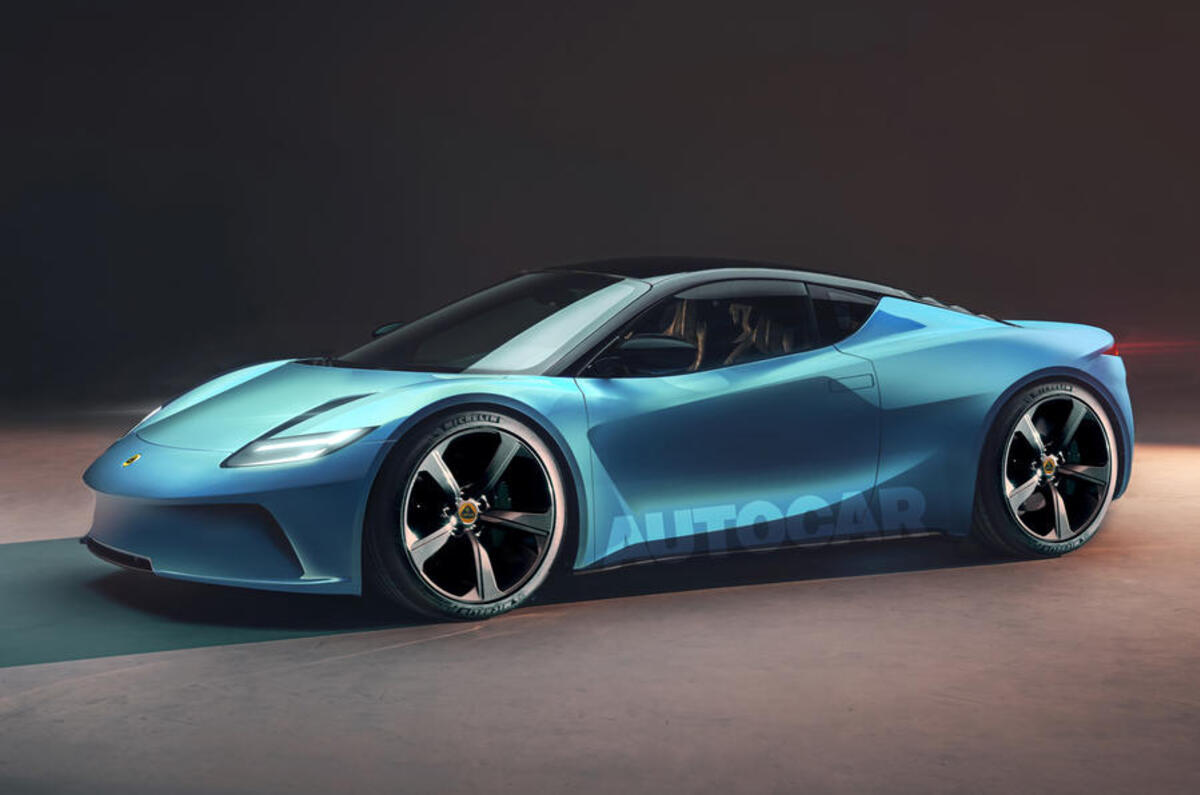The keenly anticipated Lotus Type 135 EV won't be the final two-seat sports car from Hethel, despite its push into more mainstream segments and ambitious sales projections.
Due to be revealed in 2026 before production begins in 2027, the Type 135 will be similar in spirit to the new Lotus Emira and its recently retired Elise, Exige and Evora predecessors - but it will make the landmark switch to electric power.
Like those cars, it will feature 'mid-engined' proportions – and the resultant keen dynamics that go with a low centre of gravity – courtesy of an innovative stacked battery arrangement made possible by Lotus's new LEVA architecture.
Crucially, though, said managing director Matt Windle, "it will sit in its own segment" rather than replacing any current car outright.
Windle wouldn't be drawn on its more precise positioning but confirmed: "I've seen the design of the car. It's very exciting. Performance-wise, it will be incredible. We've set out the attributes we want from it, and we're really looking forward to getting it here."
He added that "there will be an overlap" between the Emira and the Type 135, and the former – Lotus's final ICE car – could become a lower-volume proposition as it's gradually phased out. But Lotus has yet to put an end date on the Emira.
![]()
It also won't be a carbon copy of any related car from Alpine, which is in talks with Lotus over shared development of the LEVA platform with a view to using it for a successor to the A110.
"If we go forward, which isn't confirmed yet, they will be different cars, because we don't want to be competing with each other in the same market," said Windle. "But at the moment, the project is progressing at the pace we would expect it to be."








Add your comment